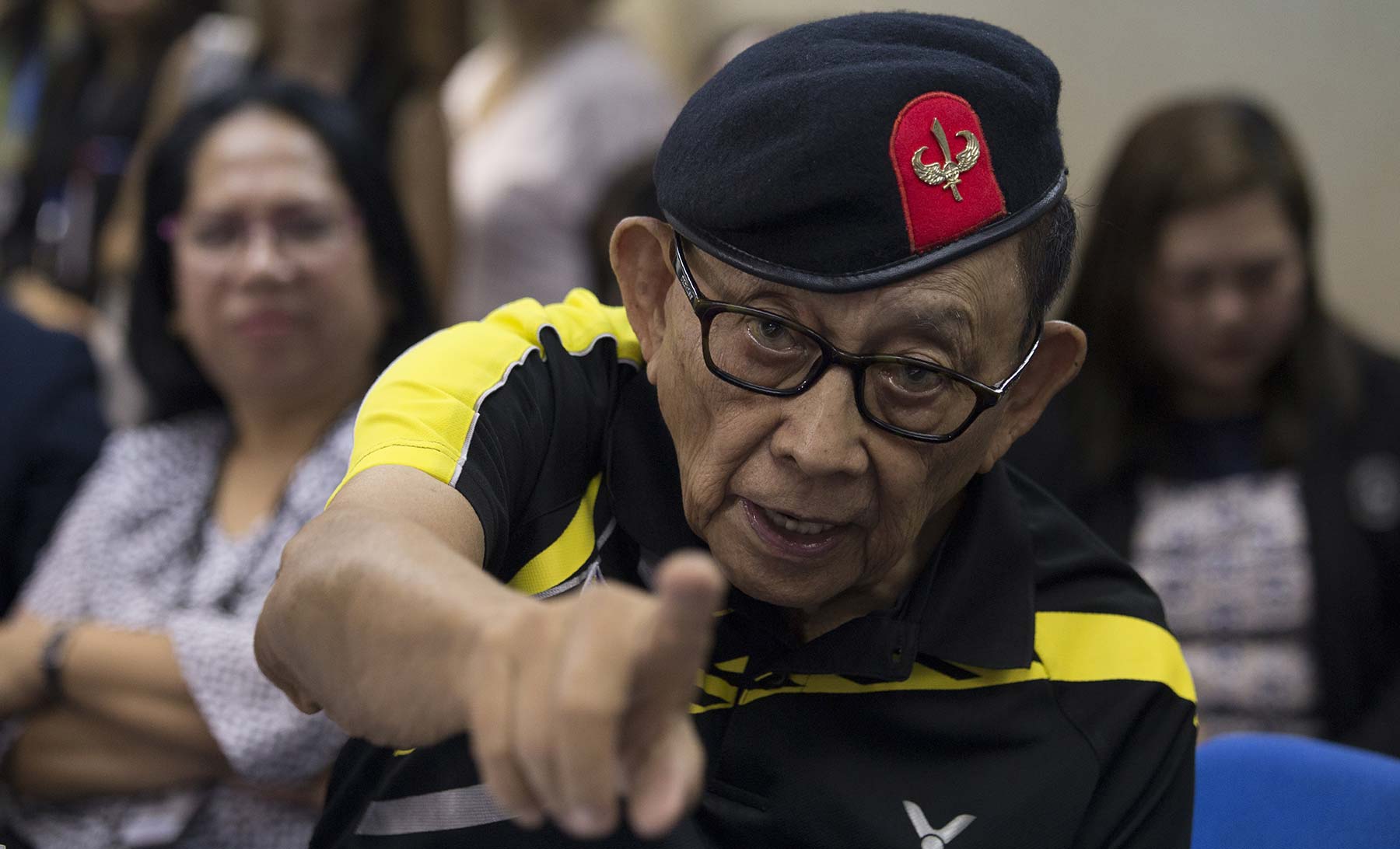Consistent with his campaign promise, the Philippines’ new president Rodrigo Duterte has stepped up efforts to mend ties with China, despite the latter’s flagrant rejection of the Philippines’ recent law-fare victory at The Hague. Duterte has deputized no less than former president Fidel Ramos, who also dealt with Chinese maritime assertiveness in the mid-1990s, to rekindle communication channels with Beijing. With China digging in, and further expanding its military footprint in contested waters, Ramos faces an uphill battle in facilitating a mutually satisfactory compromise in the South China Sea.
A Sound Choice
Over the past few years, bilateral relations between the Philippines and China have dramatically deteriorated. This is mainly due to China’s coercive occupation of the Philippine-claimed Scarborough Shoal, which lies well within Manila’s exclusive economic zone but more than 600 nautical miles from the closest Chinese coastline. Manila’s subsequent decision to take China to international court led to a de facto collapse in institutionalized, high-level dialogue. And bilateral investment ties have also suffered.
Recognizing the depth of mutual-enmity between the Philippines and China, Duterte has sought the assistance of Ramos to serve as a diplomatic “icebreaker.” In many ways, Ramos represents a perfect choice. First and foremost, he has the full trust and confidence of the current president, who has repeatedly expressed his deepest gratitude for the former’s support during the election season. More practically, Ramos, the former chief of the Armed Forces of the Philippines (AFP), has helped Duterte, who has had close ties with both communist and Muslim insurgent leaders, to gain the confidence of the military.
Moreover, Ramos is known as not only the Philippines’ most-travelled president, but also among the most respected in Asia. During Ramos’s tenure, not only did the Philippines experience rapid economic recovery, but it also displayed deft strategic response to Chinese maritime assertiveness. Ramos managed the aftermath of the 1995 Mischief Reef crisis with a commendable combination of both engagement and deterrence. On one hand, he stepped up direct dialogue with Beijing, prompting China’s then-president Jiang Zemin to embark on a high-profile visit to Manila the following year to mend ties. For Ramos, it was important to make sure overall bilateral relations with China would not be undermined by maritime disputes. Effective management of territorial tensions was a high priority.
But Ramos also invested in multilateral diplomacy under the aegis of the Association of Southeast Asian Nations (ASEAN), culminating in the 2002 Declaration on the Conduct of Parties in the South China Sea. In addition, Ramos pushed for acceleration of Philippine defense spending under the AFP Modernization Act, recognizing the necessity for building up the country’s national defense capability. And he welcomed the return of U.S. boots on Philippine soil through the Visiting Forces Agreement. It is highly likely that Duterte is eying a similar multi-pronged approach to the South China Sea disputes, since he has pursued engagement with China, but has also vowed to continue existing security agreements with key allies such as the United States and Japan as a hedging strategy.
Icebreaker Meeting
Ramos is not only Duterte’s special envoy to China, but also as a “mentor minister,” who could provide advice on key foreign policy concerns. The former president sought to get the ball rolling by conducting a five-day trip to Hong Kong, where he met old friends and influential academics from China. He held cordial meetings with Fu Ying, former Chinese ambassador to Manila and current chair of the foreign affairs committee of the National People’s Congress. They were joined by Wu Shicun of the influential National Institute of South China Sea Studies think-tank in Hainan.
Since Ramos had no official negotiating power, mainly serving as a messenger of goodwill, he and his Chinese interlocutors mainly focused on emphasizing areas of common interest, with a focus on establishing various confidence-building measures and possible cooperative regimes in non-traditional maritime security areas. In many ways, the exploratory trip to Hong Kong — close enough to Beijing, but just far enough to be seen as a “neutral zone” – was a qualified success, with both sides espousing “further talks to build trust and confidence to reduce tensions to pave the way for overall cooperation.”
Crucially, it set the tone for a prospective meeting between Duterte and Chinese premier Li Keqiang on the sidelines of the ASEAN summit later this year. In a sign that serious negotiations could follow soon, Beijing immediately extended an invitation for follow up high-level meetings in mainland China and/or the Philippines. Gradually, the Duterte administration is rebuilding frayed diplomatic channels with China, with hopes of attracting largescale investments from Beijing and managing disputes in the South China Sea, but it is far from clear how the two sides can arrive at a modus vivendi, given Beijing’s refusal to comply with The Hague verdict and its increasingly aggressive maneuvers in the contested waters. For now, it seems that the main priority of the Philippines is to, at least, find ways to deescalate tensions and inject some semblance of normalization in bilateral ties with China.
